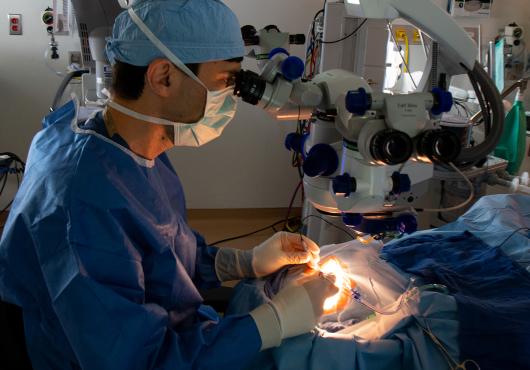
Combining the power of advanced math with tests commonly used to measure blood sugar, scientists from Harvard Medical School and Massachusetts General Hospital have created a new model that more accurately accounts for long-term blood sugar fluctuations in people with diabetes. The disease affects more than 422 million people worldwide, according to the World Health Organization and more than 29 million Americans, according to the Centers for Disease Control and Prevention.
By factoring in the age of each patient’s red blood cells, the new method offers a more precise, individualized gauge of three-month blood sugar averages and reduces in half the error rate of the most commonly used — but sometimes inaccurate — test known as A1C. Findings of the study are described Oct. 5 in Science Translational Medicine.
“What we currently deem the gold standard for estimating average blood glucose is nowhere as precise as it should be,” said senior investigator John Higgins, an associate professor of systems biology at HMS and a clinical pathologist at Massachusetts General Hospital. “Our study not only pinpoints the root of the inaccuracy but also offers a way to get around it.”
The A1C test led to notable off-target estimates in about a third of more than 200 patients whose test results were analyzed as part of the research. The team found these inaccuracies stemmed entirely from individual variations in the life span of a person’s red blood cells.





